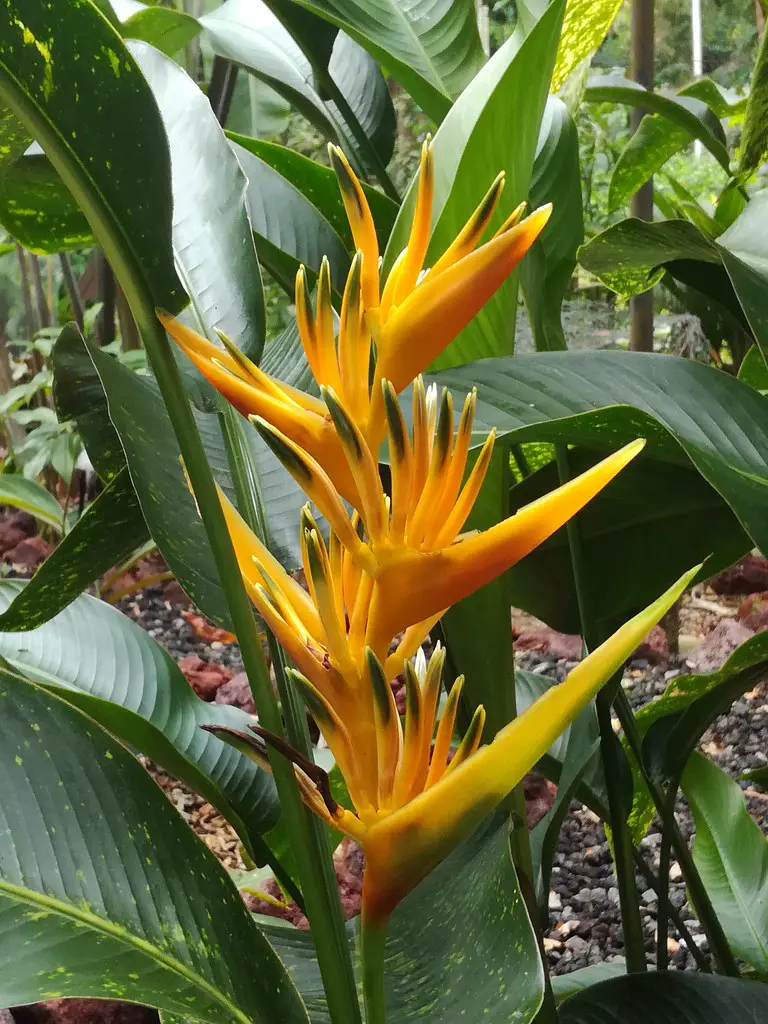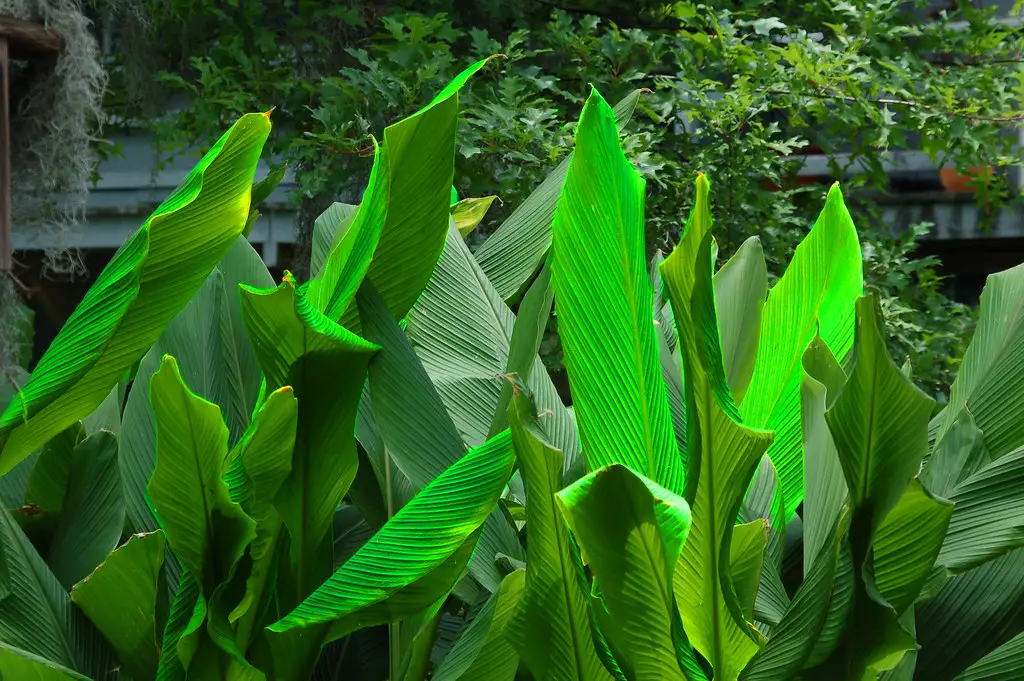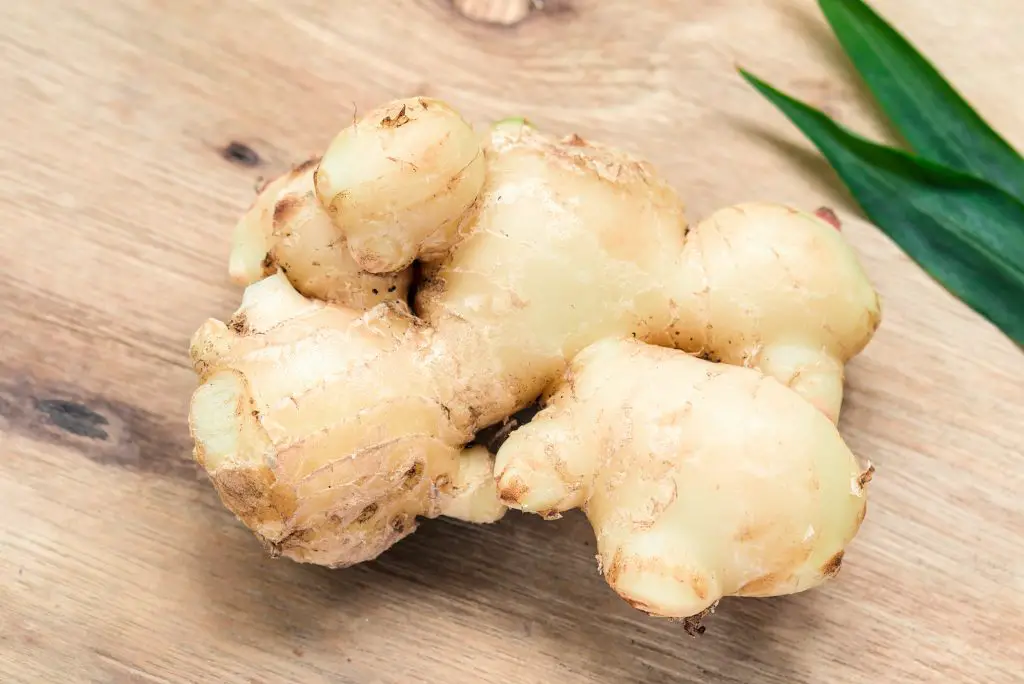What Is Ginger A Root Or Stem? Ginger is the part of the plant that comes from the species called Zingiber officinale. It is widely used in cooking, most commonly, along with other ingredients in Asian dishes to add flavor. It is also used in drinks to add spice and flavor to them. But what part of the plant are we really using? Is it the root or stem of the plant?
Ginger is a modified plant stem called a Rhizome, not a root as it stores food created by the plant material, and grows horizontally in soil which is one of the defining features of a rhizome. The rhizome is able to transport stored nutrients to above-ground shoots and roots allowing them to develop and support additional growth.
Rhizomes differ from roots because they are divided into nodes. New plants can be established from these nodes when there is enough food stored in the rhizome which means that one of its key functions is to store nutrients such as carbohydrates, and proteins for later use. The rhizomes also allow the ginger to spread out horizontally over time.
Roots on the other hand have a different structure that allows the plant to penetrate into the soil. To do this there is a root cap on the tip which protects the rest of the root which is softer. The remainder of the root has a layer of tightly-packed cells called the “epidermis”.
This layer produces all the root hairs which absorb water and minerals from the ground. The root hairs, which are extremely fine, increase the surface of the root system substantially allowing the rate of nutrient uptake to increase dramatically.

About Ginger
Ginger is an herbaceous plant with a rhizome, more commonly referred to as ginger root that is extensively used as a spice and also in medicine. Ginger originated from Southeast Asia and is believed to have been domesticated by the Austronesian peoples.
They are also believed to be responsible for spreading the plant throughout the south pacific, India, and even as far as Madagascar. They cultivated gingers as well as related plants from the same family including turmeric (Curcuma longa) and bitter ginger (Zingiber zerumbet). Both the rhizomes and the leaves were used to flavor food and the leaves were also used to weave mats.
How To Grow Ginger
Of all the plants in the garden, Ginger roots are some of the easiest to grow. They are very easy to maintain and require little attention throughout the year. It is even possible to grow ginger from what you buy from the grocery store.
The variety that is most frequently sold at grocery stores, which is sometimes referred to as Common Ginger (Zingiber Officinale) is not as hardy varieties as other varieties but still can be grown successfully down to Zone 8 or 9. If you live in a colder region than this you can either grow this variety in a pot indoors or treat the ginger as an annual plant. In these cases, ginger needs to be lifted in autumn and brought inside.
The alternative option is to grow different varieties of ginger that are more tolerant to the cooler conditions. To identify these particular varieties click here.

If you are growing Ginger from a grocery store, you should ideally pick one that appears plump and well-hydrated and in some cases, there may be some rhizomes that are starting to sprout which are absolutely ideal.
To plant ginger you will require a section of potted rhizome that is approximately 2 inches (5 cm) long. It should be planted so that the top of the root faces down into the soil. Make sure you place the ginger in a position that has partial shade, but also receives the morning sunshine. In terms of the soil conditions, ginger plants will do best in moist soil that contains plenty of organic matter. Irrespective of the type of ginger you grow it will produce lush green foliage, that is similar to a Hosta or Canna Lily, an example of this is shown in the image above.
As the weather cools the foliage will start to die back which is the point at which the rhizomes may be lifted for harvesting. When harvesting it is important to ensure that you have an ongoing supply for subsequent years by selecting the best quality Rhizomes for replanting.
If you live in regions that are relatively cold it is advisable to provide some protection to the areas where the Ginger is growing, to ensure the Rhizome survives the Winter. One of the simplest ways to do this is to place a thick layer of mulch over the area where the ginger is growing as this will help insulate the soil.

How To Store Ginger Longer
To ensure you have an ongoing supply of ginger throughout the year it is important to be able to store the Ginger for an extended period of time. If you are storing ginger for eating can be stored in a refrigerator. When doing this the skin of the rhizome should be left on as it will last longer.
You can maximize the storage time by storing the ginger in a freezer bag that has had most of the air pressed out of it. It should be stored in the crisper section of your refrigerator for a couple of weeks.
For longer-term storage, the Ginger can also be frozen. When storing the ginger, don’t slice or chop it, put it in a freezer bag, or another box and keep it safe from freezer burn. Whenever Ginger needs to be used, it can be taken out of the freezer and grated. It does not have to thaw prior to the grating.
If you are planting to grow the ginger in the following season it can be stored in damp peat moss or sawdust for the winter as this will stop it from drying out. The container that it is being stored in should be placed stored in a cool damp frost-free location throughout the winter.
Relevant Articles
How Many Garlic Bulbs Can You Grow From One Bulb?
Garlic clove Vs Bulb: Are They The Same Thing?
Pepper vs Black Peppercorn: What Is The Difference?
